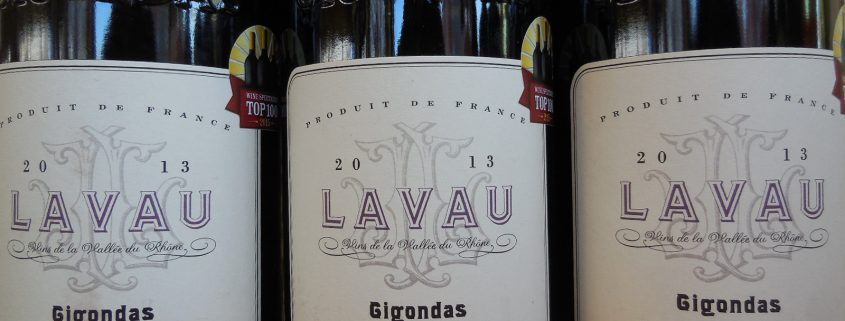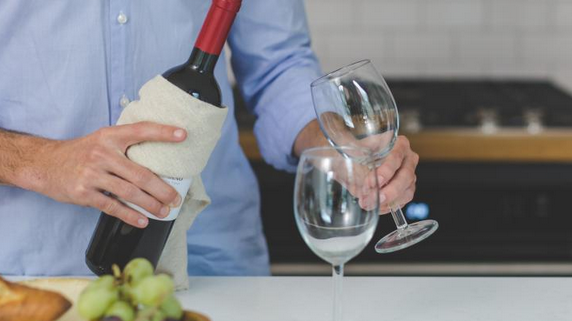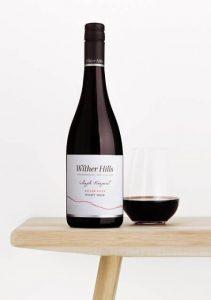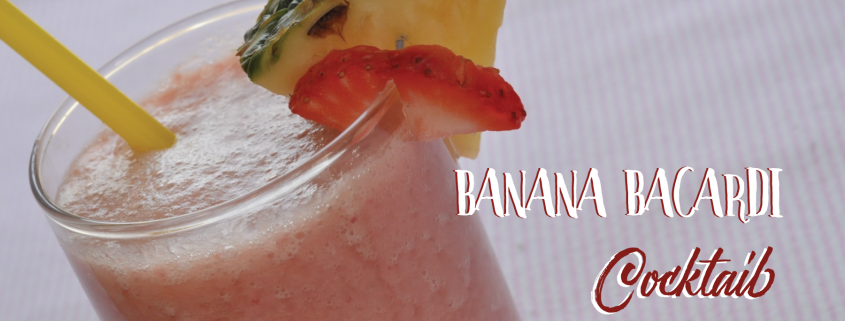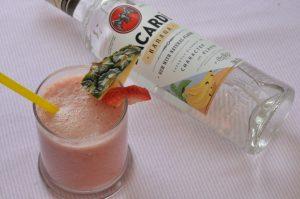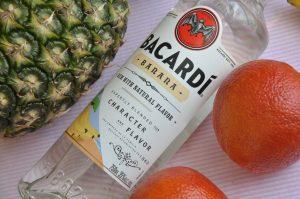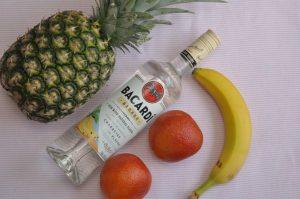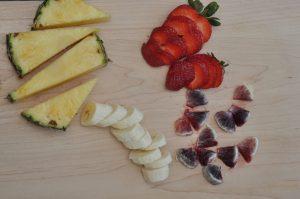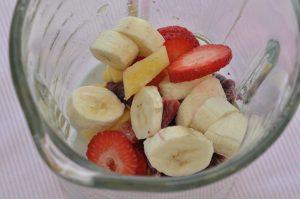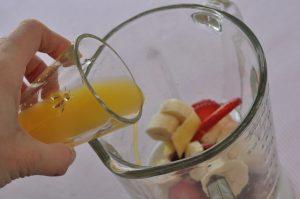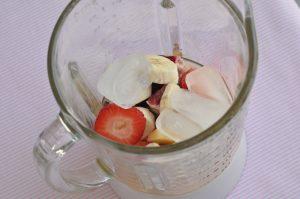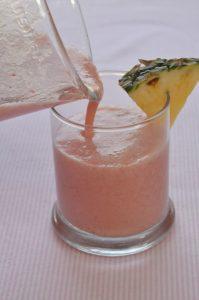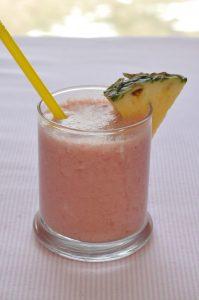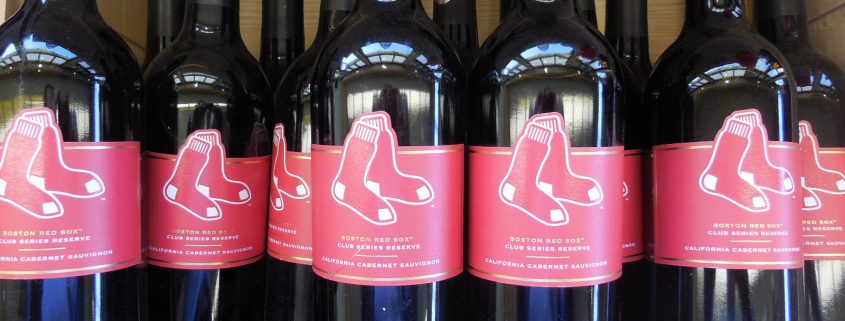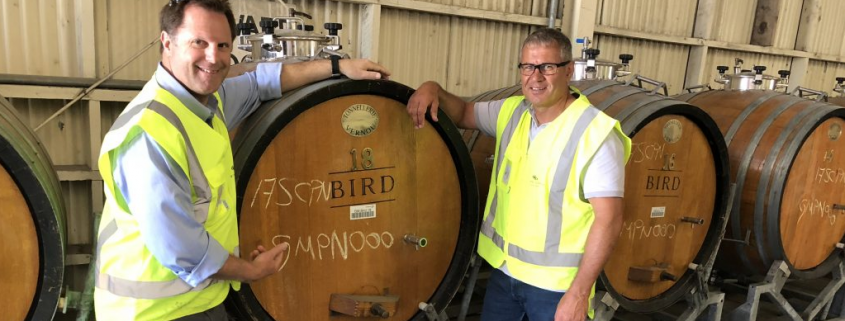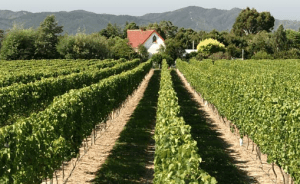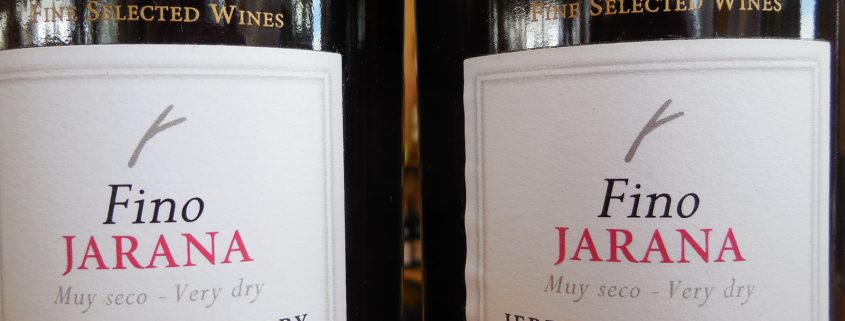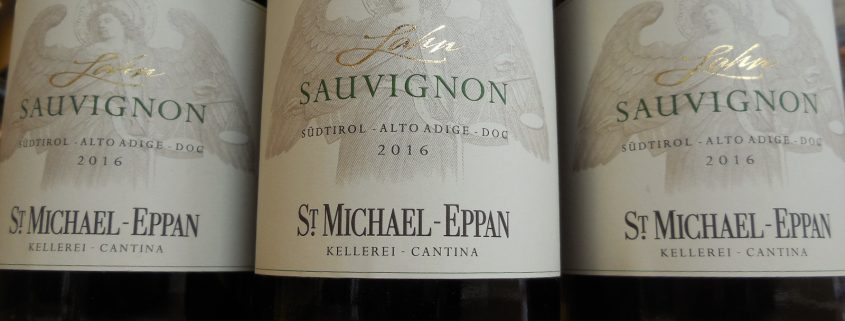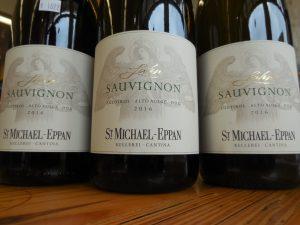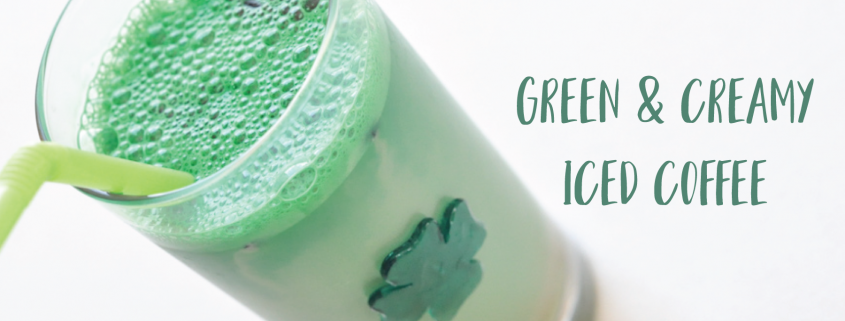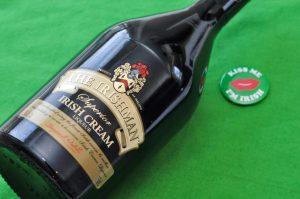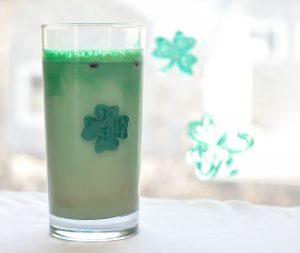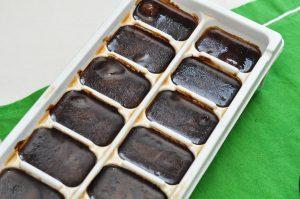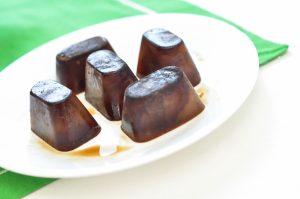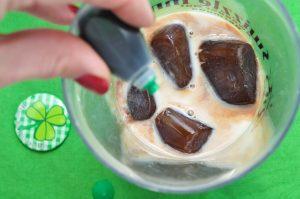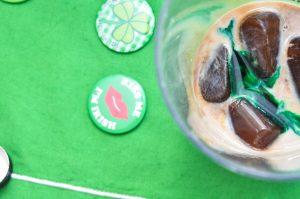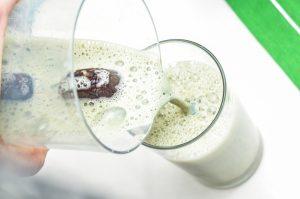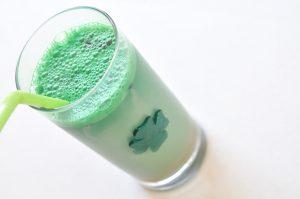When I began studying wine several years ago, I really just wanted to know the difference between a Rhone and a Burgundy, a Napa Cabernet and a Bordeaux. I did not have any grand ambitions. However, as I progressed through the classes, I realized that wine brings so many subjects together – you have to pore over detailed maps to memorize appellations, you have to know the different character imparted by schist or slate or loam or limestone, you have to study how many hours of sun each zone averages to know which grapes are likely to ripen well or over cook in which areas. You have to smell your way through the world – what is the difference between black berry and black currant? What does acacia or hawthorn smell like? is there a difference between lemon, lime and grapefruit smells? Or apples, pears and quince? You also have to study the various ways that wines are made – when are they harvested and by machine or hand? How are they crushed? How is the juice handled before fermentation? What temperature do you ferment at and which strains of yeast do you use? Then there are complicated processes for filtering, fining, additional malolactic fermentation, blending, aging, bottling…
It is astounding how complicated the process is and how much of a bargain wine is at almost any price that we pay these days.
Wine is a second career for me – in the my previous life, I worked in international development and traveled the world. I have been to Mali and Malawi, Albania and Macedonia, India and Indonesia, Nepal and Mongolia. After having children, this sort of travel became impossible and it took me years to find something that was as absorbing and challenging, not to mention something that would give me enough of a reason to take time off from spending all my time with my children.
Who knew wine could be that thing? The more I learn about the wine world, the more I realize there are depths and nuances that I would never have guessed. Something relatively new to me has been the world of Wine-as-fundraising. The wonderful thing for me is that it brings my previous life – working with the poor and vulnerable – together with my new life – learning and teaching about wine. Therefore, the wine I am discussing and we will taste in the shop this week is a wine for a cause.
Thanks for reading, Seema

